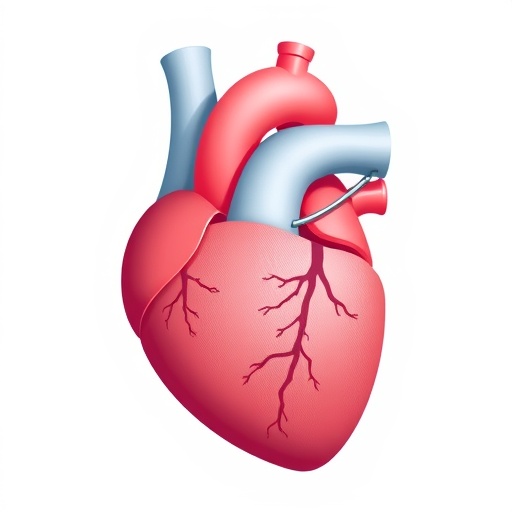Researchers believe an enzyme targeted to the neuronal mitochondria may be responsible for converting compounds from alcohol, tobacco, and certain foods into chemicals that trigger or advance the disease.
More than three decades ago, scientists discovered that a chemical found in a synthetic opioid, MPTP, induced the onset of a form of Parkinson’s disease. In a new study led by scientists from the School of Veterinary Medicine, researchers found that an enzyme in the body can metabolize compounds formed in the brain from alkaloids present in certain foods and tobacco into MPTP-like chemicals, triggering a neurodegenerative condition in mice.
The researchers, led by Narayan Avadhani and Mrittika Chattopadhyay, suggest that the enzyme, mitochondrial CYP2D6, presents a potentially powerful new target for Parkinson’s treatment.
“Over the past two or three decades, researchers have tried inhibiting the process by which they believed MPTP was metabolized, with mixed success,” says Avadhani. “We believe that mitochondrial CYP2D6 is the more direct drug target, which might prove better in treating idiopathic Parkinson’s disease.”
The study, which appears in the Journal of Biological Chemistry, investigates the mechanism of Parkinson’s disease when a specific cause cannot be pinpointed, which is a majority of examples of the chemically induced disease.
Previous studies have shown that MPTP and similar toxic compounds induce Parkinson’s disease in rodents and primates. The mechanism of action, as scientists understood it, involved the compounds being oxidized to form MPP+, a toxic metabolite. The enzyme that was believed to be responsible is called monoamine oxidase B (MAO-B), present in the nervous system’s glial cells. In that conception of the mechanism, MPP+ was thought to then be transferred to dopamine neurons by dopamine transporter proteins, and, indeed, Parkinson’s is characterized by unusually low dopamine levels in the brain.
Researchers have tried to stem the effects of Parkinson’s by targeting two players in this presumed pathway, both MAO-B and the dopamine transporter protein, with only mixed success.
Yet the Penn-led study implicates an entirely separate mechanism. In earlier work, Avadhani and colleagues had shown that the enzyme CYP2D6, localized to the body’s energy factories, the mitochondria, could play a role in metabolizing MPTP to MPP+. In the new investigation, they took a closer look at beta-carbolines and isoquinolines, toxins that resemble MPTP which the body produces from substances found in tobacco smoke, alcohol, and some foods.
They found that, instead of MAO-B, it was mitochondrial CYP2D6 that activate the beta-carbolines and isoquinolines inside the dopamine-producing neurons, rather than the glial cells. This route of activation, in a mouse model, results in neuronal damage and oxidative stress, symptoms akin to Parkinson’s.
“CYP2D6 is known to play a role in influencing the activity of a number of drugs,” says Avadhani.
In an attempt to target this pathway, the researchers showed that mice lacking CYP2D6 did not exhibit the severe symptoms that mice with the protein did. In addition, an inhibitor of CYP2D6 prevented neuronal damage in the nice.
“The CYP2D6 inhibitor ajmalicine is a member of the reserpine family of alkaloids, found in the plant Rauwolfia serpentine and was long used in India for treating mental illness, such as paranoia and schizophrenia,” Avadhani says. “Mitochondrial targeting of such compounds is likely to be effective in treating Parkinson’s patients, and pursuing that is our future strategy.”
###
Narayan Avadhani is the Harriet Ellison Woodward Professor of Biochemistry in the School of Veterinary Medicine’s Department of Biomedical Sciences at the University of Pennsylvania.
Mrittika Chattopadhyay is a postdoctoral research in the Avadhani lab at the University of Pennsylvania School of Veterinary Medicine.
The study was supported by the National Institutes of Health (grants GM34883 and GM118122) and the Harriet Ellison Woodward Trust.
Media Contact
Katherine Unger Baillie
[email protected]
Related Journal Article
https:/
http://dx.




